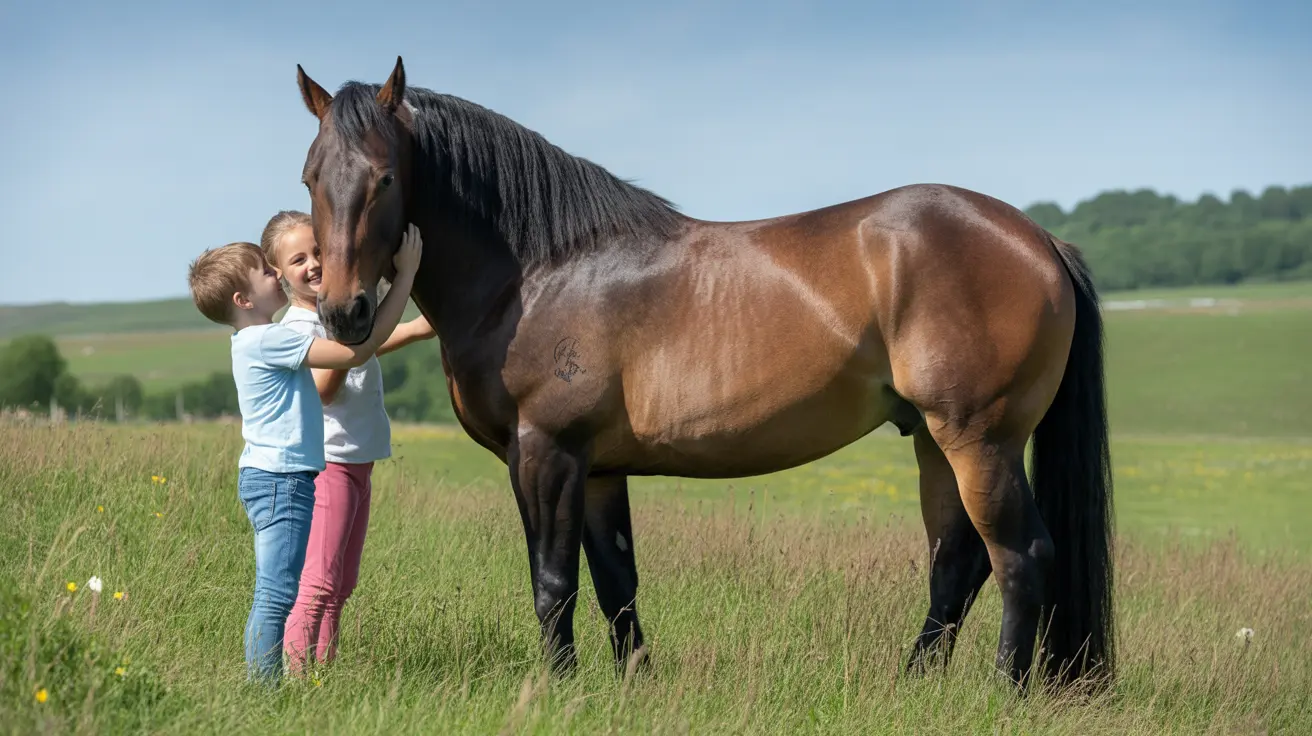The Great Smoky Mountains National Park stands as one of America's most biodiverse wilderness areas, home to an incredible array of wildlife species that captivate millions of visitors annually. From majestic black bears to graceful elk, the Smoky Mountains animals represent a thriving ecosystem that offers pet parents and nature enthusiasts unparalleled opportunities to witness wildlife in their natural habitat.
Understanding the diverse wildlife population in this UNESCO World Heritage Site is essential for anyone planning to explore the park with their pets. The park's unique geography and protected status have created a sanctuary where both common and rare species flourish, making wildlife encounters a highlight of any Smoky Mountains adventure.
Smoky Mountains Wildlife: A Diverse Ecosystem
Great Smoky Mountains National Park encompasses over 800 square miles of protected wilderness, supporting an estimated 19,000 documented species with scientists believing thousands more remain undiscovered. This remarkable Smoky Mountains biodiversity stems from the park's varied elevations, ranging from 875 feet to over 6,600 feet, creating multiple distinct habitats within a relatively compact area.
The park's wildlife population includes approximately 65 mammal species, 240 bird species, 67 native fish species, and over 80 reptile and amphibian species. This incredible variety makes the Smokies one of the most wildlife-rich areas in North America, offering visitors countless opportunities for memorable encounters with nature.
Black Bears Smoky Mountains: The Park's Most Famous Residents
Black bears represent the park's most iconic wildlife, with an estimated population of 1,500 bears calling the Smokies home. These magnificent creatures serve as a symbol of the park's conservation success, as their population has recovered significantly since the area gained protected status.
Black bears in the Smokies typically weigh between 125-250 pounds for females and 250-400 pounds for males. They are omnivorous, feeding on nuts, berries, insects, and vegetation throughout the park's diverse ecosystems. During spring and fall, bear activity increases as they prepare for winter hibernation, making these seasons prime times for wildlife viewing.
Elk in Smoky Mountains: A Conservation Success Story
The reintroduction of elk to Great Smoky Mountains National Park represents one of wildlife conservation's greatest achievements. After being absent from the region for nearly 150 years due to overhunting and habitat loss, elk were successfully reintroduced in 2001-2002 with 52 animals from Yellowstone National Park.
Today, the elk population has grown to approximately 200 animals, primarily inhabiting the Cataloochee Valley and Oconaluftee areas. These impressive animals, with males weighing up to 700 pounds, are best observed during early morning and evening hours when they emerge to graze in open meadows.
White-Tailed Deer Smoky Mountains and Other Mammals
White-tailed deer represent one of the most commonly observed large mammals in the park, with populations thriving throughout various elevations and habitats. These graceful animals adapt well to the park's diverse terrain, from valley floors to mountain slopes.
Other notable mammals include wild boar, coyotes, bobcats, river otters, and various small mammals such as groundhogs, raccoons, and opossums. Each species plays a vital role in maintaining the park's ecological balance.
Smoky Mountains Endangered Species and Conservation Efforts
The park serves as a crucial refuge for several threatened and endangered species, including the federally protected northern flying squirrel and various salamander species. The Smokies support the world's most diverse salamander populations, earning the nickname "Salamander Capital of the World."
Conservation efforts within the park focus on habitat protection, species monitoring, and research programs that contribute to broader wildlife preservation initiatives across the southeastern United States.
Smoky Mountains Pet Safety and Wildlife Viewing Tips
When visiting the park with pets, maintaining appropriate distances from all wildlife is essential for both animal and pet safety. Park regulations require pets to remain on leashes at all times, and visitors should never feed wildlife or allow pets to approach wild animals.
Best places to see wildlife Smoky Mountains include Cataloochee Valley for elk viewing, Roaring Fork Motor Nature Trail for bears, and various hiking trails throughout the park for diverse species encounters. Early morning and late afternoon provide optimal wildlife viewing opportunities.
Frequently Asked Questions
What animals can I expect to see in Great Smoky Mountains National Park?
Visitors commonly encounter black bears, white-tailed deer, wild turkeys, various bird species, and smaller mammals like raccoons and chipmunks. In specific areas like Cataloochee Valley, elk sightings are frequent during early morning and evening hours.
Are black bears dangerous, and how should I stay safe around them?
Black bears are generally not aggressive toward humans but can be dangerous if surprised or if they associate people with food. Maintain at least 150 feet distance from bears, never feed them, properly store food, and make noise while hiking to avoid surprising them.
What should I do if I encounter a wild animal while hiking with my pet?
Keep your pet on a short leash and calm, slowly back away while avoiding direct eye contact with the animal, never allow your pet to chase or bark at wildlife, and report any aggressive animal behavior to park rangers immediately.
Experience the Wonder of Smoky Mountains Wildlife
Great Smoky Mountains National Park offers an unparalleled opportunity to observe diverse wildlife in their natural habitat while enjoying quality time with your pets. By following safety guidelines and respecting wildlife boundaries, visitors can create lasting memories while contributing to ongoing conservation efforts that protect these magnificent animals for future generations to appreciate and study.






